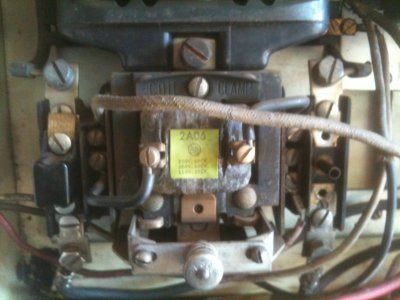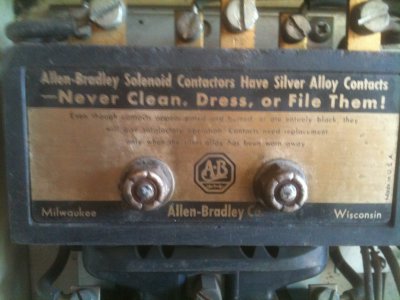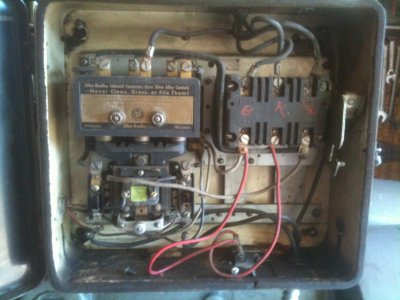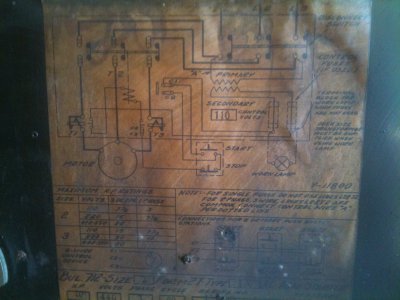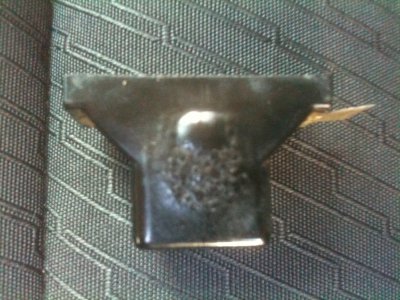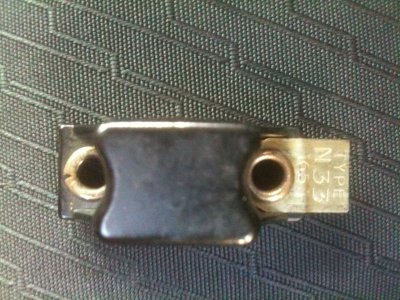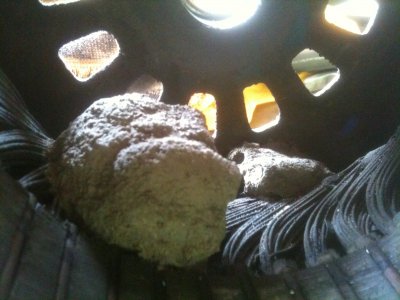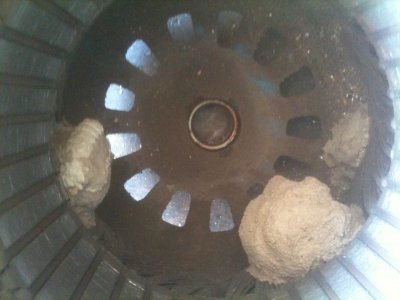You guys are fun! Now I will show my age. Thermals have only been required by CODE to be in each current carrying conductor to a motor since the 1968 National Electrical Code. Before that the thinking was that the current flowing through the leg with no thermal was also being shared by one of the two other legs. This is not always true such as when that leg goes to ground or has low impedance to ground. Lots of older equipment only has two overloads on three motor leads.
You are correct in saying that all three legs should have thermal protection.
The heat from the heater melts a solder pot that allows a spring loaded spindle to rotate opening a set of contacts in the control circuit de-energizing the coil to the magnetic starter or tripping the latch mechanism in a manual starter. Some brands of starters have the solder pot in the heater itself, (Square D), and some have the solder pot as a component of the starter overload block itself. (Cutler Hammer). The advantage goes to the solder pot in the heater style. This is because when the heater melts and the spindle spins, a minute amount of solder is usually lost. Next time there is less solder to melt so it trips sooner. Good for the motor, bad for you. This is referred to as nuisance tripping. By merely changing out a six dollar heater you have fixed the problem. If you have the other type you may be able to repair the overload block but usually you will need to replace the whole unit at a far greater cost.
WOW! Do I get windy!



